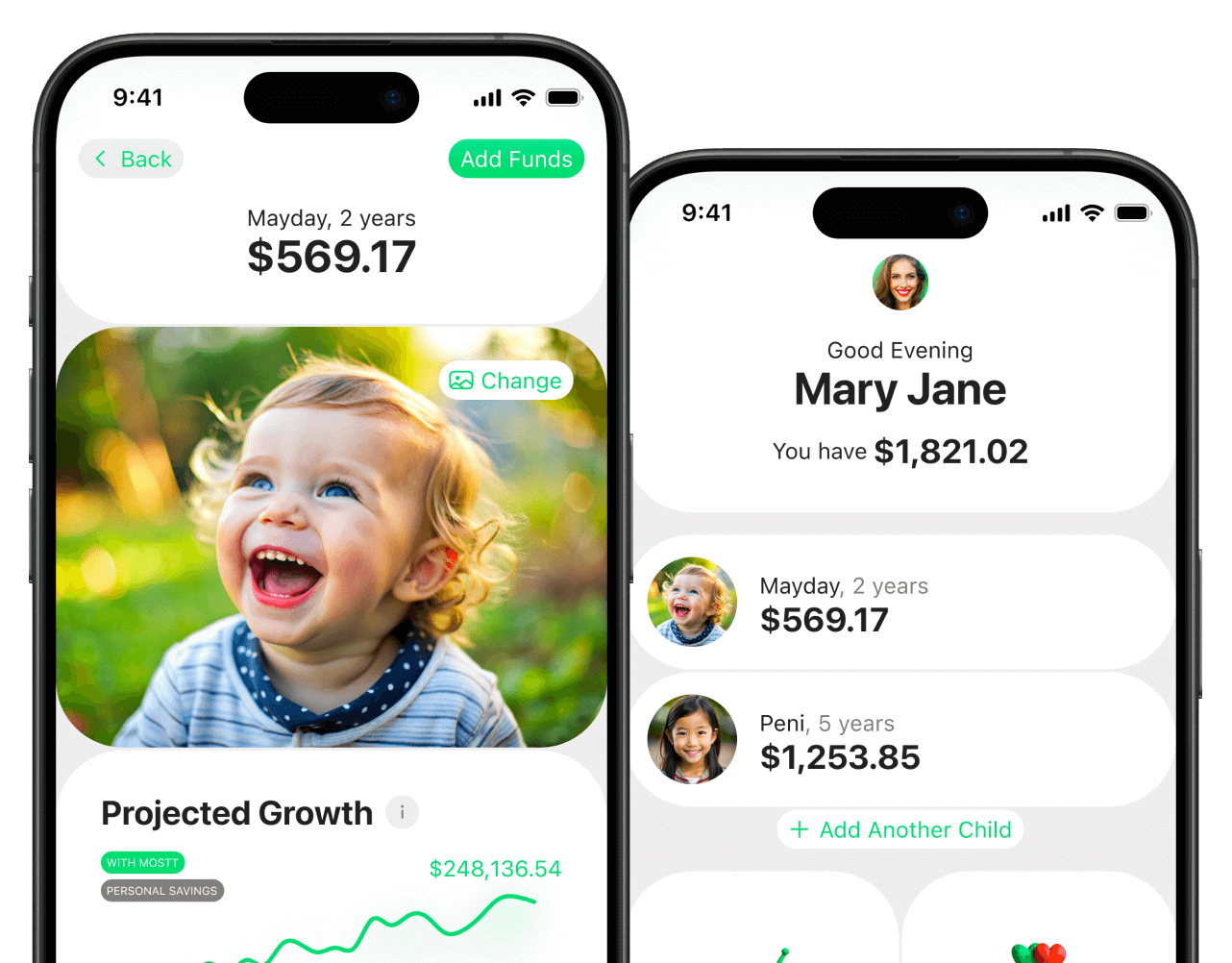Most parents want their kids to grow up kind, generous, and wise with money. But here’s the truth: kids aren’t naturally wired to think beyond themselves. Hand a child a dollar, and their first thought is usually about what they can buy with it—a toy, candy, or maybe an app on their tablet. That’s not bad—it’s just human nature.
The good news? You can guide them. You can show them that money isn’t just for spending or saving—it’s also for giving. And when generosity becomes part of your family’s financial rhythm, you’re not just raising kids who know how to manage money. You’re raising compassionate adults who understand that life is bigger than their own wants.
That’s the heart of family charitable budgeting—intentionally making giving a visible, non-negotiable part of your financial life so your kids grow up with generosity in their DNA.
Why Giving Matters for Kids
Imagine your child at age 25. They’re financially stable, wise with their spending, and generous in spirit. They give to causes they believe in, volunteer in their community, and don’t see generosity as a burden but as a privilege.
That future doesn’t just happen. It starts with small steps today.
Research shows that children who are taught to give are more empathetic, develop stronger social connections, and even report higher levels of happiness. [Psychology Today] In fact, giving activates the same part of the brain associated with pleasure and reward [Greater Good Science Center – UC Berkeley].
Generosity is more than a financial decision—it’s a character trait. And when parents weave giving into everyday financial life, they’re teaching their kids that money has a bigger story.
Step 1: Add “Giving” to Your Family Budget
Most families budget for the essentials: housing, groceries, utilities, and maybe a “fun” category for family outings or hobbies. Some also budget for savings or investments. But generosity often gets left out—almost as if it’s a “bonus” we do when there’s money left over.
But what if “Giving” had its own line in your budget?
It doesn’t have to be huge. Maybe it’s 5% of your monthly income. Maybe it’s $25 a month. The point isn’t the amount—it’s the habit.
When your kids see that “Giving” sits right alongside “Rent” and “Groceries,” they learn something powerful: giving isn’t optional. It’s a priority.
Financial experts often recommend making giving a planned part of your budget, just like saving. [NerdWallet] Even if money is tight, starting small—like $5 a month—can create a consistent habit of generosity.
Step 2: Let the Kids Help Decide
If your giving is only ever a “parent decision,” your kids may see it as another bill—something you do, but not something they own. The key to teaching generosity is letting them participate.
Let your kids help choose where the family’s giving goes. Maybe they want to buy canned goods for a local food pantry. Maybe they want to support a children’s hospital, protect endangered animals, or even give to a classmate’s family going through a tough time.
This hands-on involvement helps kids connect the dots between generosity and real-world impact.
For younger kids, this might look like taking them shopping to pick out items for a charity drive. For older kids, it could be researching nonprofits together on sites like Charity Navigator or GlobalGiving.
By giving them a voice, you’re making generosity personal. [Parents.com] even suggests that involving kids in giving decisions helps them develop critical thinking about values and priorities.
Step 3: Tell the Stories Behind the Giving
Kids don’t connect with abstract concepts. They connect with stories.
Don’t just give—talk about it. Tell your kids why you chose that charity, what problem it’s solving, and how your gift makes a difference.
For example, if your family donates to a clean water nonprofit, show your kids a video of children receiving fresh water for the first time. Talk about how something as simple as clean drinking water can change a family’s life.
If you donate to a local homeless shelter, consider driving by with your kids to see the building. Help them understand that real people—families with kids just like them—benefit from their generosity.
The more real you make it, the more your children’s hearts attach to the practice. According to World Vision, connecting kids to real-life stories is one of the most effective ways to instill long-lasting compassion.
Step 4: Celebrate the Impact
Here’s the secret about giving: it’s supposed to be joyful.
Too often, people treat generosity as a sacrifice, like something painful. But giving actually brings joy. Studies even show that people who give regularly report higher levels of satisfaction and happiness [Harvard Business School].
That’s why you should celebrate generosity as a family. When your family donates, don’t let it pass quietly. Clap, cheer, or mark it on a family chart. Tell your kids, “Look what we got to do this month—we helped feed ten families!”
You’re not bragging—you’re reinforcing that giving is good. And younger kids especially need that positive feedback loop. Over time, they’ll begin to associate generosity with joy instead of loss.
Step 5: Model Consistent Generosity
Kids learn far more from what you do than what you say.
If you want your children to grow up generous, they need to see you live it out. That doesn’t mean you have to tell them every detail of your charitable giving—but don’t hide it, either. Share openly about where your giving goes and why.
When your kids see you give—not just money, but also time, energy, and kindness—they’ll follow your lead. Volunteer at a local event and bring them with you. Let them see you write a check or set up an online donation. Model generosity in your everyday choices, like paying for someone else’s meal or helping a neighbor.
As Investopedia points out, kids develop financial habits by watching their parents. If generosity is part of your financial life, it will become part of theirs.
Step 6: Make Giving a Habit, Not a One-Time Event
Generosity is most powerful when it’s consistent. One-time giving is great, but habitual giving shapes character.
Just like brushing teeth or saving money, giving should be part of your family’s financial rhythm. Set aside a percentage or fixed amount every month, and make it automatic.
This consistency teaches kids two things:
-
Generosity is important enough to plan for.
-
Even small, steady contributions add up over time.
Think about it like investing—except you’re investing in people, communities, and causes. [CNBC] even suggests setting up recurring donations to make generosity as seamless as paying a bill.
Practical Tools to Get Started
Here are some practical ways to weave charitable budgeting into family life:
-
The Three-Jar Method: Give each child three jars—Spend, Save, Give. Every allowance or gift they receive gets divided into all three categories. Even preschoolers can understand this system. [Forbes]
-
Family Giving Goals: Set a target together, like donating enough to fund 50 meals at your local food bank or helping plant 100 trees.
-
Leverage Tech: Use tools like Charity Navigator or GlobalGiving to research trustworthy nonprofits. Older kids can help compare organizations and decide where to give.
-
Tie Giving to Celebrations: Birthdays, holidays, and even back-to-school shopping can be great opportunities to give. For example, ask your child to donate one new toy for every three they receive at Christmas.
-
Volunteer Together: Pair financial giving with time. Serve at a food pantry, pack boxes for disaster relief, or walk dogs at an animal shelter. Kids remember experiences even more than dollar amounts.
The Payoff
When you make charitable budgeting part of your family’s financial rhythm, you’re doing more than giving money away—you’re investing in your kids’ character.
Generosity makes children grateful. It helps them see the world outside themselves. And it gives them a story they’ll want to keep telling as adults.
Your kids won’t just know how to make money work for them—they’ll know how to make money work for others, too.
So don’t wait. Sit down as a family this week, create a giving plan, and invite your kids into the joy of making a difference.
Because money can buy toys, trips, and even comfort—but only generosity can buy meaning.




